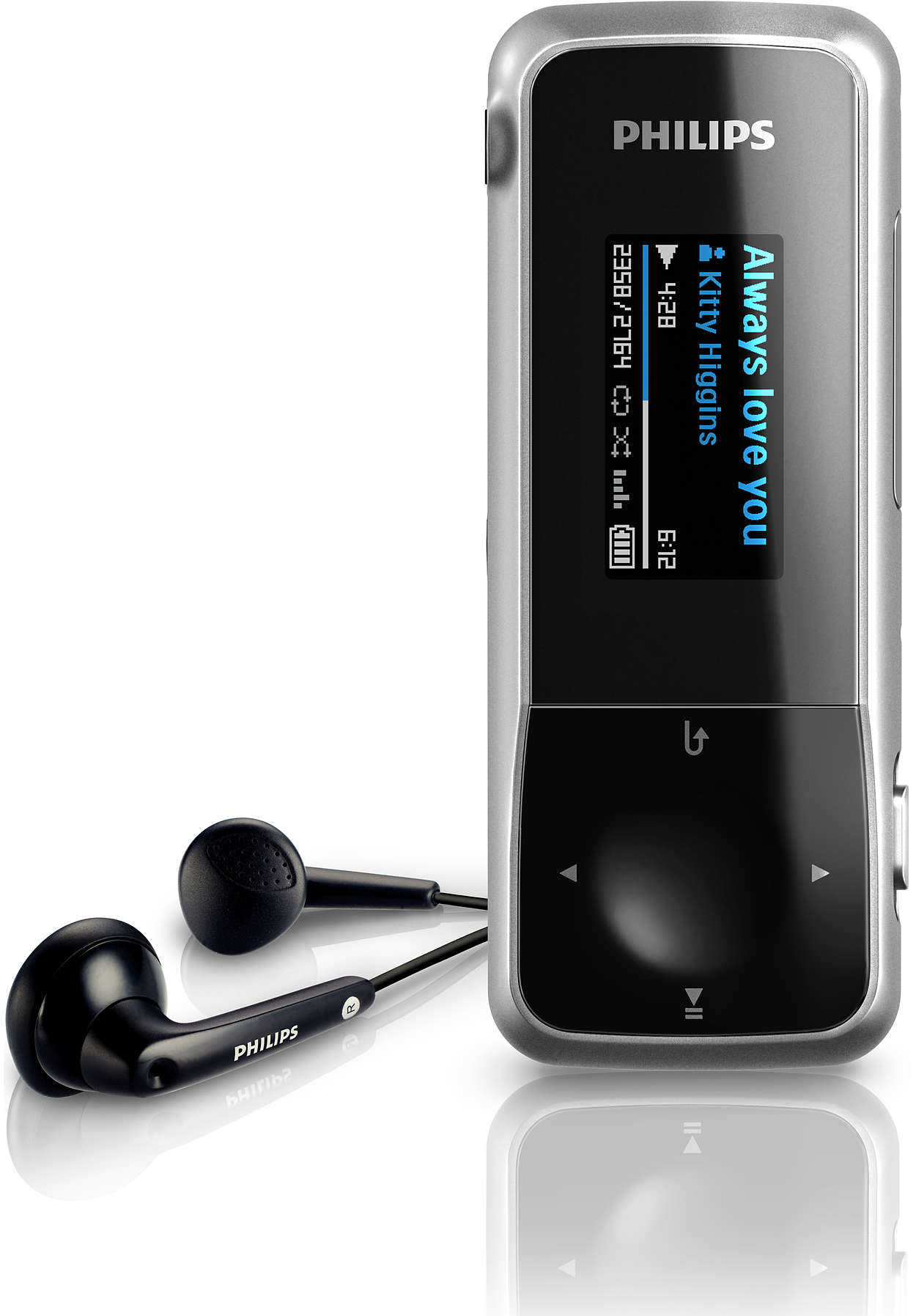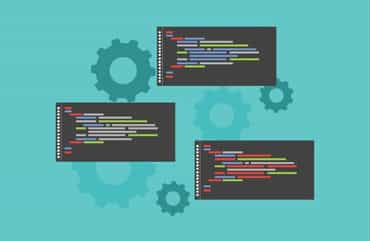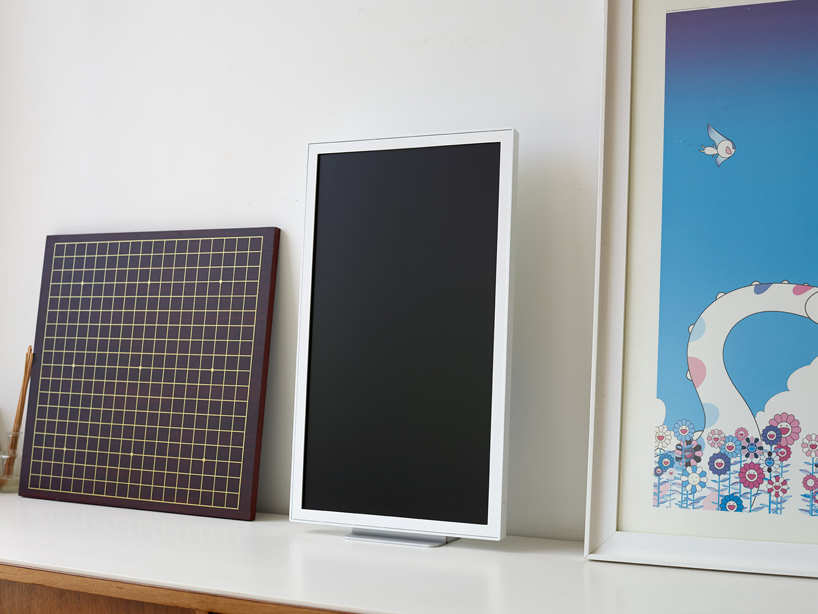Generally, in any kind of work, several tasks need to be done in the progression of meeting the purposes and goals intended at accomplishing through that effort. In addressing “what type of task need to be achieved”, numerous inputs and outputs and the complete contents of these tasks are defined and planned in a logical manner, which is jointly stated to as the “process”. In order to complete the expansion of software as a product, several types of tasks need to be achieved with layers like in any other productions. The activities estimated necessary in the making of a software development process will jointly become the so-called embedded systems development process when they are planned in a logical manner.
- Embedded Software Jobs
- Embedded Software Job
- Embedded Software Definition
- Embedded Software Development
'Embedded software' is specialized programming within non-PC devices – either as part of a microchip or as part of another application that sits on top of the chip – to control specific functions of the device. Unlike 'application software,' which can be installed on a variety of computer systems and modified to provide different levels of functionality, embedded software has fixed hardware. 11,698 Embedded Software Engineer jobs available on Indeed.com. Apply to Software Developer, Senior Software Engineer, Entry Level Software Engineer and more!
Development Process of Embedded Systems
Nerves is the platform and infrastructure you need to build, deploy, and securely manage your fleet of IoT devices at speed and scale. In addition to embedded software for the STM32, STM8, SPC5 and legacy MCUs and MPUs, ST also provides in this section software to accelerate the evaluation and development of many of its products including the ST25 NFC / RFID products, MEMS and sensors, Motor Control, Audio and Secure MCUs.
The development process of an embedded systems mainly includes hardware design process and software design process. Unlike the design process of software on a typical platform, the embedded system design implies that both hardware and software are being designed similarly Although this isn’t continuously the case, it is a truth for many designs currently. The deeper implications of this concurrent design process profoundly impact how embedded systems are designed.
What is an Embedded System?
Embedded system can be defined as one comprising a processor, associated peripherals, and software used for a particular purpose. It performs a well-defined task and the categories of the embedded system include the following.
- Stand alone embedded system
- Real-time embedded system
- Networked appliances
- Mobile devices
Elements of Embedded System
- Processor
- Microprocessor
- Microcontroller
- DSP
Associated Peripherals
- Protocol Converters
- Communication Interfaces
- Drivers
Software
The program of the embedded system is written in any language to control the operation of the entire system.
Embedded System Design Process
The different steps in an embedded system design process include the following.
- Determine the requirements
- Design the system architecture
- Select the OS
- Choose the processor and peripherals
- Choose the development platform
- Code the applications and optimize
- Verify the software on the host system
- Verify the software on the target system
Determine the Requirements
Functional and nonfunctional
- Multimode or multifunctional system
- Size, cost, weight, etc.
Choosing the hardware components
- Application specific hardware
- External interfaces
- Input and output devices
Design the System Architecture

The architecture of an embedded system depends on,
- Whether the system is real time
- Whether operating system needs to be embedded
- Cost, size, power consumption, etc.
Select the OS
If operating system we can select,
- Real-time operating systems like RTLinux, VX works, pSOS, QNX, VRTX, etc.
- Nonreal operating systems like Windows CE, embedded Windows XP, etc.
Choose the Processor
The following processors can be used in the development of an embedded system
- Microprocessors-8085, 8086, Pentium
- Microcontrollers-PIC, MCS-51, MSP-430, AVR
- Digital signal processor- dsPIC, Sharp, Blackfin,Tigersharc
- Choose the development platform
Choose the Development Platform
The development platforms of an embedded systems include the following
- The hardware platform
- The programming language
- The operating system
- The development tools
Code the Applications and Optimize
The coding of an embedded system can be done by using the following programming languages.
- Assembly language
- C language
- Object oriented languages like C++, Java, etc.
- Optimizing the code
Verify the Software on the Host System
- Compile and assemble the source code into object file
- Use a simulator to simulate the working of the system

Verify the Software on the Target System
- Download the program using a programmer device
- Use an Emulator or on chip debugging tools to verify the software
Install the Program in the Chip
To install the developed code into a microcontroller needs the following two items
A Programmer Hardware
The hardware of an embedded system can communicate to both the microcontroller and the PC. This allows it to get what the personal computer is saying and write those to the microcontroller chip. Here, the USB interface is used to communicate to the PC and the ISP interface is used to communicate with the MCU.

A Programmer Software
A programmer software of an embedded systems runs on your PC where you ran the IDE tool. The main function of this tool is to read data from the hex file produced by a ‘C’ compiler and transfer them to the hardware allied on the USB port.
A Development Board
The final and most essential piece is a development board. Eve for mac. This board makes it easy to work with microcontroller while throughout the learning phase. A simple hardware development board has some important features.
Power Supply Circuit
Power supply circuit helps simple connection with a DC motor. It helps in connecting with a DC adapter. It alters 12V from an adapter to a 5v for an operation of a microcontroller. It also makes these 5volts accessible in male headers so that the operator can get 5v for their operation. For instance, to power the module you need to interface with a microcontroller. To make the practice comfortable, this unit also includes a power switch to switch ON/OFF the whole board and an LED to specify the status of the power of the board.
Crystal Oscillator
The crystal oscillator is the heart of the microcontroller unit. For exact timing of your application, you require a crystal oscillator. It offers a temperature and voltage independent CLK source.
ISP Header
ISP header is used to modernize the program of the MCU without changing it from the board. Here the programmer is linked using a cable.
I/O Ports
I/O ports are used to connect the microcontroller board to the exterior world, all the peripherals are allied using these ports. They are existing in male headers so that user can make a construction to them very simply.
Applications of Embedded Systems
The application areas of an embedded systems include Consumer electronics, Office automation, Industrial automation, Automotive, Biomedical Systems, Field Instrumentation, Telecommunications, Wireless technology, Computer networking, Security, and Finance.
Thus, this is all about the various steps in developing the embedded systems. We hope that you have got a better understanding of this concept. Furthermore, any doubts regarding this concept, or to implement any electrical and electronic projects, please give your valuable suggestions by commenting in the comment section below. Here is a question for you, what are the programming languages used in embedded systems?
Developers use TIBCO Jaspersoft® software to design data visualizations exactly how they like. Down to the pixel. What will you create?
Your business and customers want answers—and your requirements are unique. You need a reporting and analytics platform you can make your own. TIBCO Jaspersoft® embedded analytics software is the most flexible, customizable, and developer-friendly business intelligence platform in the world.
Business Intelligence Solutions
Embedded BI
Embed reports and dashboards that users love into your applications
Production Reporting

Distribute high volumes of pixel-perfect reports to the masses
What Makes Us Different
API-first approach
Embedded Software Jobs
Built to 100% web standards, including our award-winning JavaScript API for embedding. Learn More
Pixel-perfect designer
Build reports and data visualizations to exact design specifications. Learn More
Multi-tenant support
Embedded Software Job
Pre-configured. Manage access and security to data and resources for all your SaaS customers. Learn More
Architecture agnostic
Embedded Software Definition
Deploy using any method. Run anywhere on any thing. 100% open architecture. Learn More
Embedded Software Development
